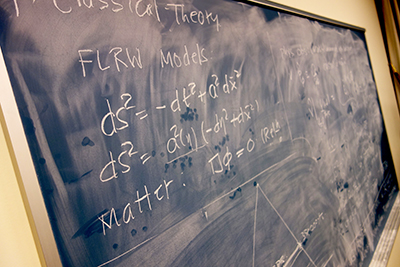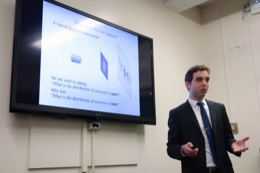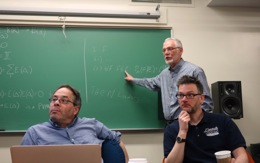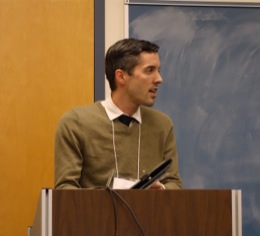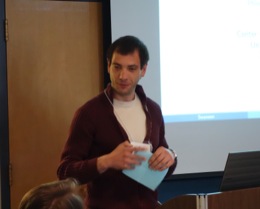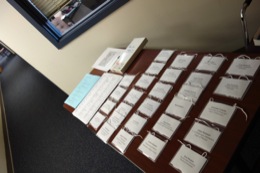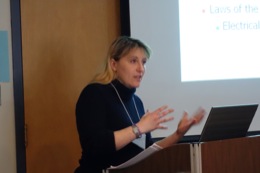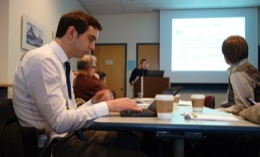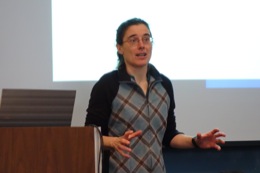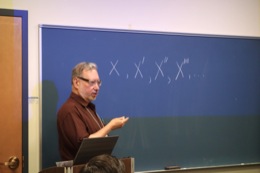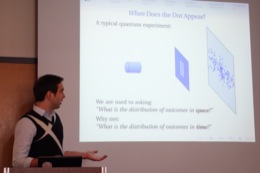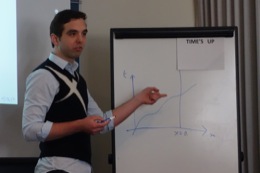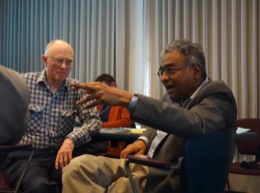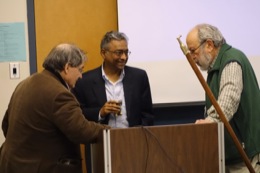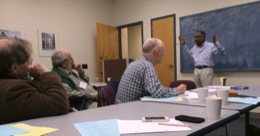
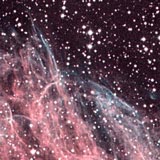
![]()
home
::: about
::: news
::: links
::: giving
::: contact
![]()
events
::: calendar
::: lunchtime
::: annual
lecture series
::: conferences
![]()
people
::: visiting fellows
::: postdoc fellows
::: resident fellows
::: associates
![]()
joining
::: visiting fellowships
::: postdoc fellowships
::: senior fellowships
::: resident fellowships
::: associateships
![]()
being here
::: visiting
::: the last donut
::: photo album
|
It's About Time ::: More photos The opening talks of a conference are usually the ones that lift my thoughts above mundane annoyances into the subject of the conference. It was not to be that way with our conference on time in quantum mechanics. The evening and morning prior to the conference were filled with time in relativity and quantum mechanics. By the start of the conference my head was already well-elevated. The process began the previous evening with an event run by the Department of History and Philosophy of Science. Each year the Department invites an alumnus or alumna to return in triumph to give a talk. It is a proud moment for everyone. This year's speaker was Tim Maudlin and his topic was "Topology and the Structure of Space-Time." His idea is a simple and intriguing one. We normally set up a space-time theory by starting with a manifold of point events. That is just a set of events that have been assembled loosely into somewhat amorphous neighborhoods ("open sets"). That assembly takes no notice of which direction in the manifold will be time and which will be space. The division comes later. That indifference is what bothered Tim. The assemblages should be chosen at the start to reflect something physical in space-time, he insisted. Why not assemble the events into lines that will later reflect the spacetime trajectories of points moving in space? That simple idea seeded the rebuilding of space-time theories using linear structures, as opposed to the familiar manifolds. This description so far is of a dry technical gadget in mathematics. It quite masks the raw enthusiasm of Tim's presentation. He was not just relating a simple modification to space-time theories. Tim was recounting a great journey of personal discovery and his astonishment as slight, but natural, modifications to his linear structures unexpectedly delivered key elements of relativistic space-time geometry. Perhaps the most exciting of these was his recognition that fixing the temporal structure is sufficient to return the spatial structure of space-time in the relativistic case. Time is fundamental. The following morning--the morning of the conference--is all about time again. It is Tom Pashby's dissertation defense in the Department of History and Philosophy of Science. His topic is time in quantum mechanics.
The work is presented humbly to a lofty committee whose charter is to assail it, to test it, to weigh it, while the candidate defends. The event is public and has been advertised. Anyone can walk into the room to watch. It begins to sound like the ceremonial testing of an accused witch. She is thrown into the water. If she floats, the water has rejected her and she is a witch. If she drowns, well, good... she was no witch. Of course real dissertation defenses are not such precarious affairs. No supervising committee with any humanity allows a candidate to proceed to a defense if there are serious doubts. A failing defense would be an embarrassment for both the candidate and the committee. We all know this, but the importance of the moment is hard to ignore. The previous evening, at Tim's talk, I'd been looking for Tom, just to make sure he was ready. He was nowhere to be found. One of the graduate students reported that he was still preparing and promised to bring him in on time.
It is a strict rule of the dissertation defense that the examining committee must be present physically. The occasion of the conference was just the occasion to assemble the committee.
At midday, as the start of the conference neared, I cruised round the Center, noticing that everything was prepared and in order. I scanned the name tags to remind myself who had registered. I noticed one unexpected name. The first speaker, Valia Allori, had the difficult task of setting up the problems of time in quantum theory. She must speak to a room presumed to hold novices, while at the same time, she can see leading experts on precisely the topic of her talk. Valia reminded us of the awkwardness of the uncertainty relations. There is a reciprocal indefiniteness in position and momentum in elementary quantum theory. A mechanical translation of it should lead to a corresponding reciprocal indefiniteness in time and energy. But a precise expression of such a relation had proven elusive.
First is the identification of physical quantities with self-adjoint operators in quantum mechanics. This identification has been quite standard since the 1930s and one of the first things a new quantum mechanic learns. Second is the difficulty that there is no such operator for time. Third is the fact that times are routinely measured, and with astonishing precision, at least if one has an atomic clock at hand. Take all three together and we have a problem. While Valia laid out this conundrum, I was watching Tom. This conundrum is precisely the one addressed in his dissertation. I could see him listen for a while and then take a few notes on his computer and then listen some more. I needed no telepathy to know what he was thinking. This sets up his talk the next day perfectly. He has answers, and lots of them!
The conference proceeded with a rich array of material. The technical level of the expositions was quite high and a novice philosopher, meandering into the event, would be lost (as was I in many places). So one would expect these to be serious proceedings. Of course there will be lighter side remarks, injected only to aerate the weighty dough of technical physics. Things didn't quite go that way. Some of the results presented were striking, surprising and unexpected. Humor and the unexpected go hand in hand. That we didn't see it coming is precisely what makes the joke's punch line funny. We had technical results whose unexpected character had that form. Laura Ruetsche promised to recover the real time of our experience through the "thermal time hypothesis." It was all tied up with a one parameter family of automorophisms and the restriction of the quantum vacuum state to the Rindler wedge of space-time, picked out by uniformly accelerating observers. That is weighty dough for anyone. It issued in an airy theorem that one could not have expected: "An omniscient deity is timeless." And the best part is that it made perfect sense. Perhaps the most striking example of the unexpected was Louis Kauffman's talk. He began by pointing to a finite sequence of states in discrete time, X, X', X'', ... With some quick and innocent manipulations, the formulae at the heart of quantum theory appeared on the blackboard. It was startling.
Finally it was time for Tom's talk. I had been looking forward to this. I knew that Tom had a well-worked out account that answered the worries Valia had so carefully expressed.
Tom proceeded to show how it can be done and, given certain theorems, how it might even have to be done. The key idea is to replace the assured localization of systems to intervals of space and time, by a slightly weakened one that allows them to leak out into tails. Do that and the contradiction Valia described can be avoided. (Technically speaking, we replace PVMs, projection valued measures, with POVMs, positive operator valued measures.) This, Tom then showed, could be effected if we replace our normal three dimensional-space picture of the quantum state by a picture of the state extended into four dimensional space-time.
Conference exhaustion was now setting in for me. However there was one major event to come. Abhay Ashtekar, a noted physicist from Penn State, had agreed to keynote the conference. He would have been entirely within his superstar rights if he had decided just to breeze in and make a celebrity appearance. He did not do that. Abhay came to the first talk and to all of them. He sat listening intently and repeatedly offered penetrating questions and remarks. I soon found myself asking "Yes--that sounds fine, but what does Abhay think?" And soon enough I found out! When the time for Abhay's own presentation arrived, so did some of his more notable colleagues. Abhay's presentation was a tour de force. The plan was to survey some topics in cosmology, making contact with as many as he could of the ideas concerning time in quantum mechanics that he'd seen in the conference. By the end of his talk, he'd done that. He had also given us a survey of loop quantum cosmology and covered both the blackboard and whiteboard with detailed formulae and diagrams. We passed through question time and then on to the general discussion promised at the close of the conference. There were many questions in the general discussion. They all went to Abhay
John D. Norton
|
